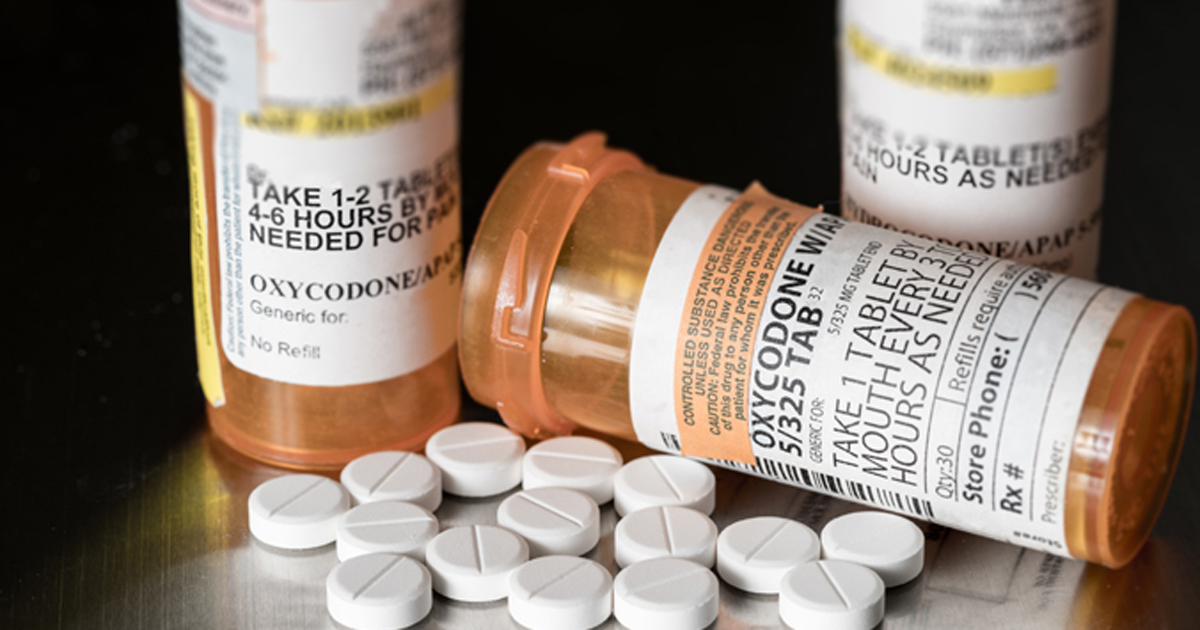Opioids’ negative consequences extend to patients with migraine, expert says
PHILADELPHIA — The benefits of prescribing opioids to patients with migraine usually do not outweigh the risk, a past president of the American Headache Society told Healio Primary Care during the organization’s annual scientific meeting.
“Studies have found that patients who take opioids for migraine often end up having more headaches. Some even see a change in classification from episodic migraine to chronic migraine,” Richard B. Lipton, MD, FAHS, director of the Montefiore Headache Center at the Albert Einstein College of Medicine, and American Headache Society president from 2000 to 2002, said in an interview.
Lipton noted that clinicians should only prescribe opioids for headache in “exceptional cases such as those recommended by the American Headache Society” such as patients with a history of CVD who cannot take triptans oNSAIDs due to their adverse events.
The society’s website also states that another possible cohort that might benefit from opioids for migraine are pregnant women. However, opioid use in such women should “be closely monitored and infrequent, due to the risk of passing on an opioid dependency to their unborn child.”
PCPs deciding to prescribe opioids for migraine are not isolated events, according to Lipton. He was co-author on a recent study that concluded that among the 12,299 patients who reported 0 to 3 migraine headache days each month, 15% were current opioid users and 26% were former users. Of the remaining patients in the study — all who indicated 4 or more migraine headache days each month — 23.9% were current opioid users and 31.2% were former users.

The study also revealed that of the latter cohort, 45.5% saw a primary care provider, 20.2% saw a neurologist, 19.2% saw an emergency medicine clinician, 14.4% saw an urgent care provider, 12.8% saw a pain specialist, 12% saw a headache specialist and 10.4% saw a medical professional employed by a retail/non-urgent) clinic for their pain.
Lipton discussed ways PCPs can help their patients with migraine.
“These doctors should monitor their patients’ non-neurological co-morbidities such as diabetes and CVD. This enables much more effective and efficient treatment decisions,” he said. – by Janel Miller
Reference:
Ashina S, et al. “Opioid use among people with migraine: Results of the OVERCOME study. Presented at: American Headache Society Annual Scientific Meeting; July 11-14, 2019; Philadelphia.
Also: AHS.org. ”Opioids and migraine.” https://americanheadachesociety.org/news/opioids-migraine/ Accessed July 13, 2019.
Disclosures : Healio Primary Care was unable to determine the authors’ relevant financial disclosures prior to publication.

